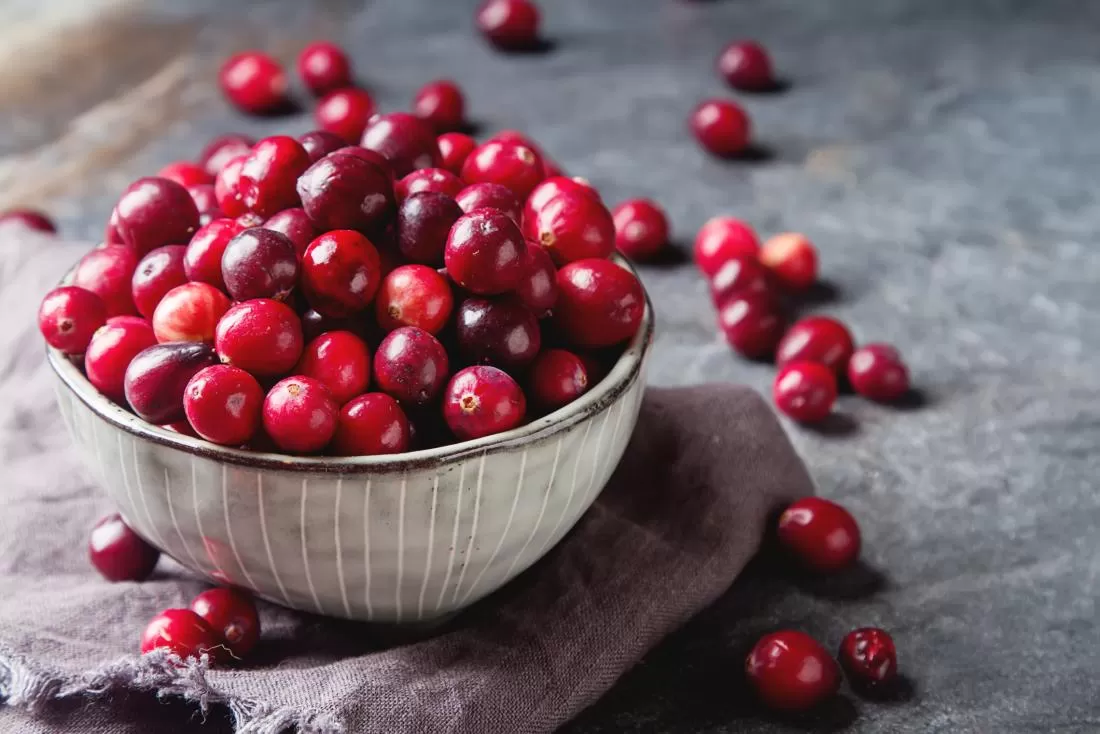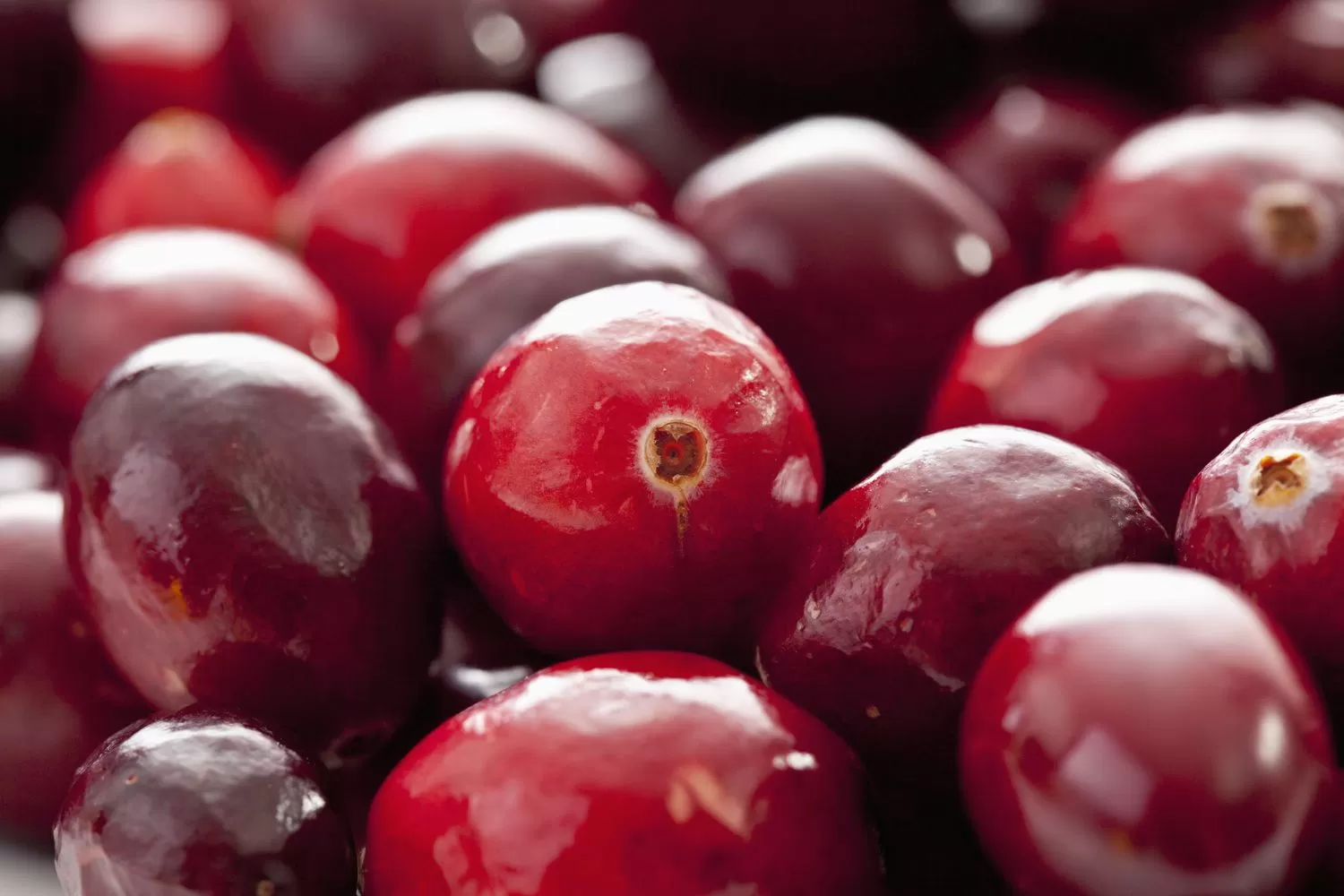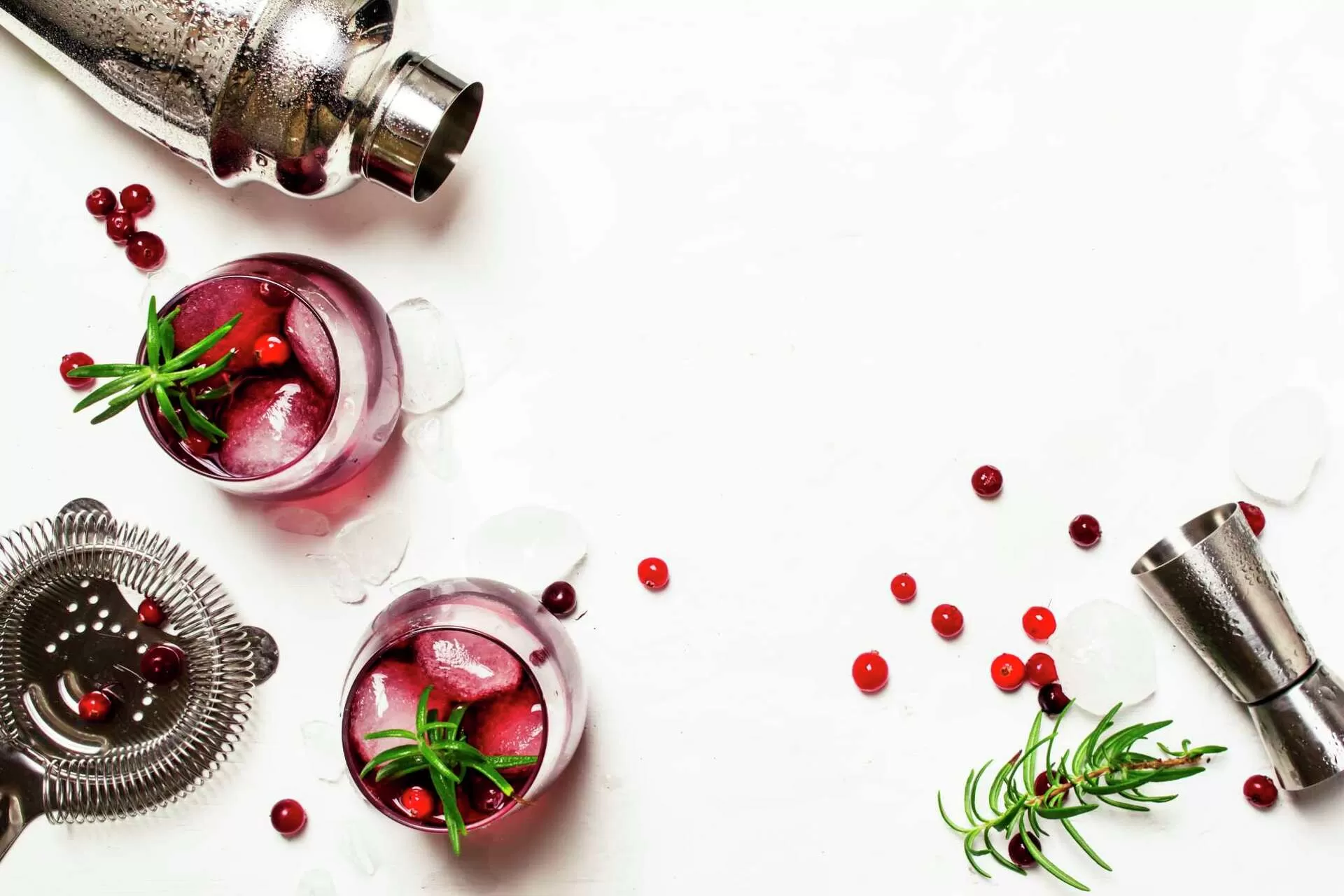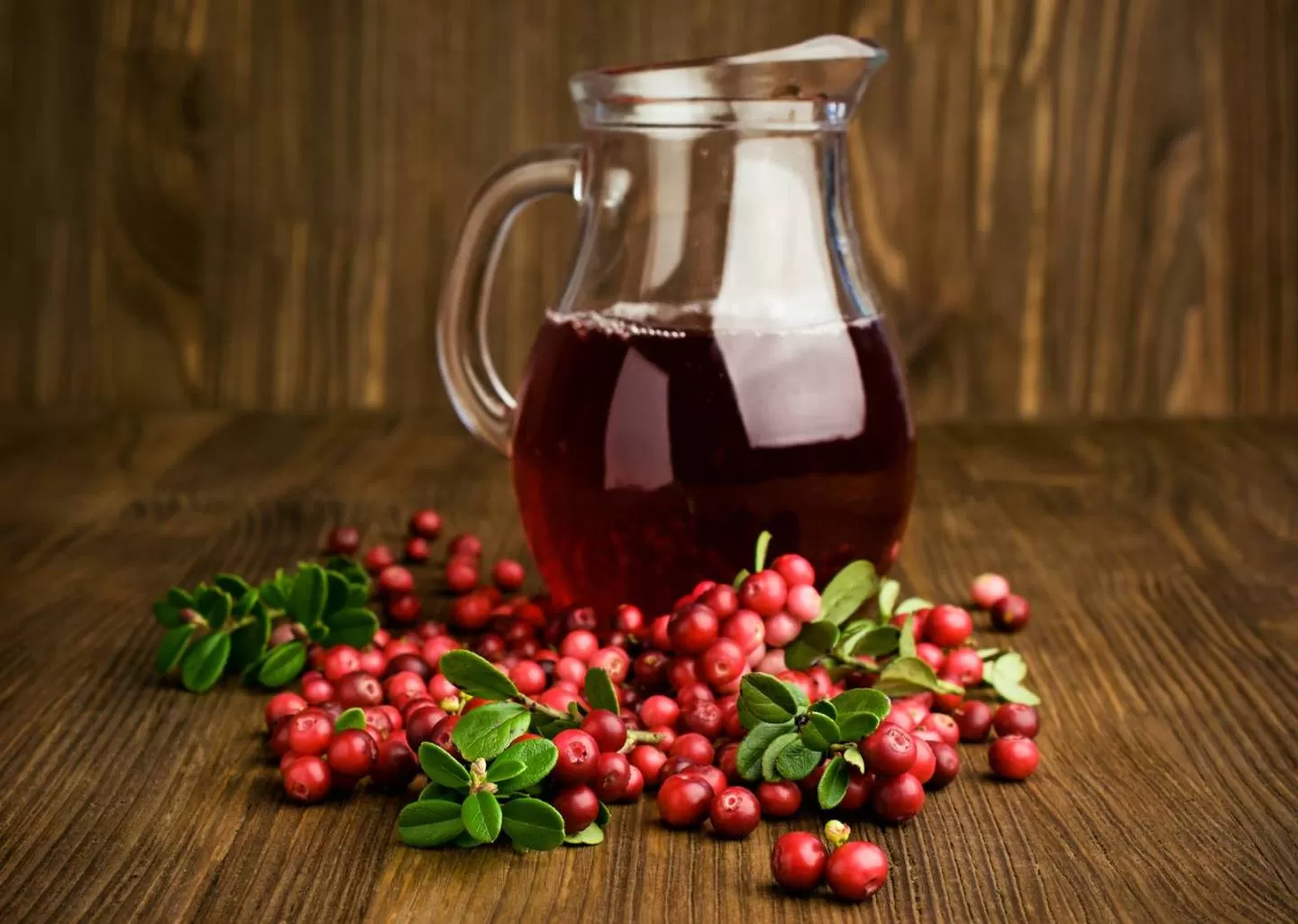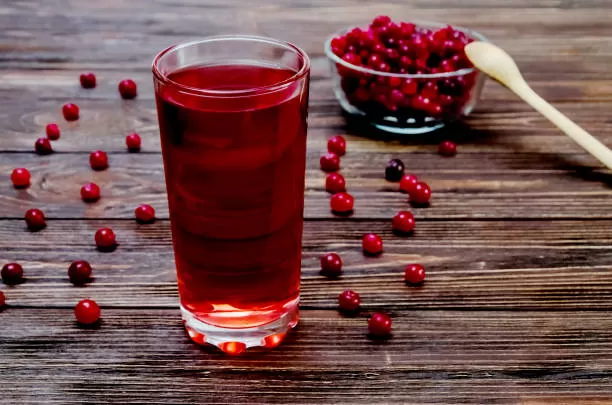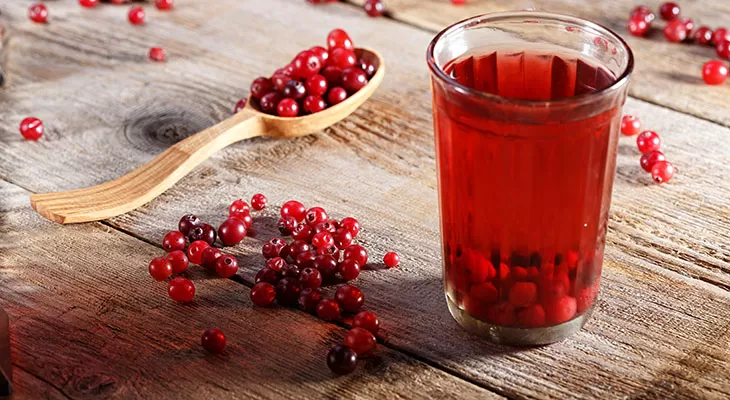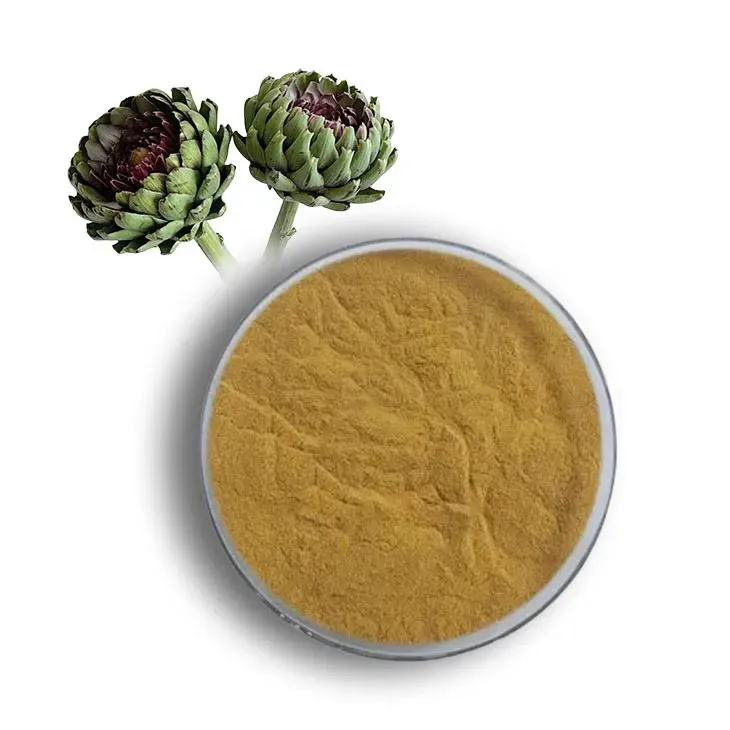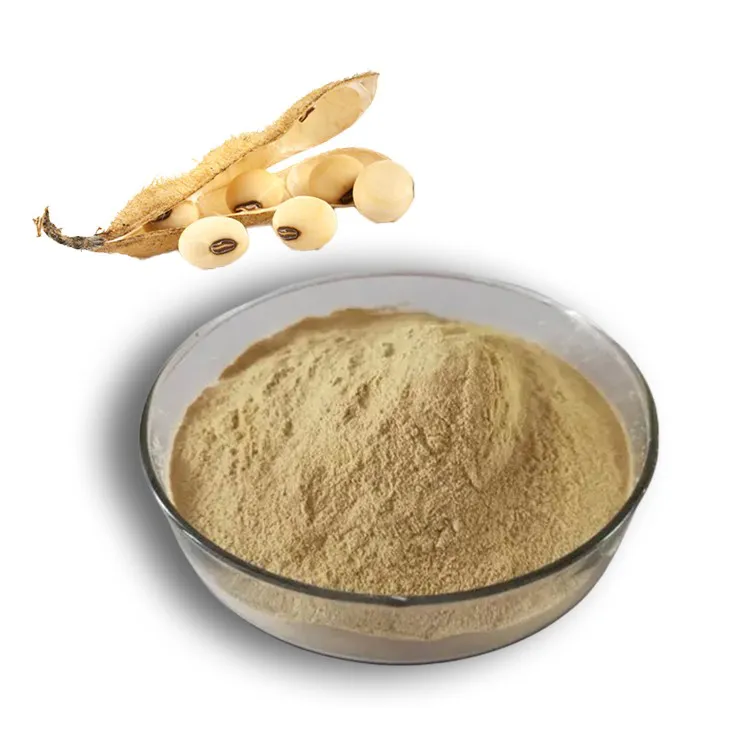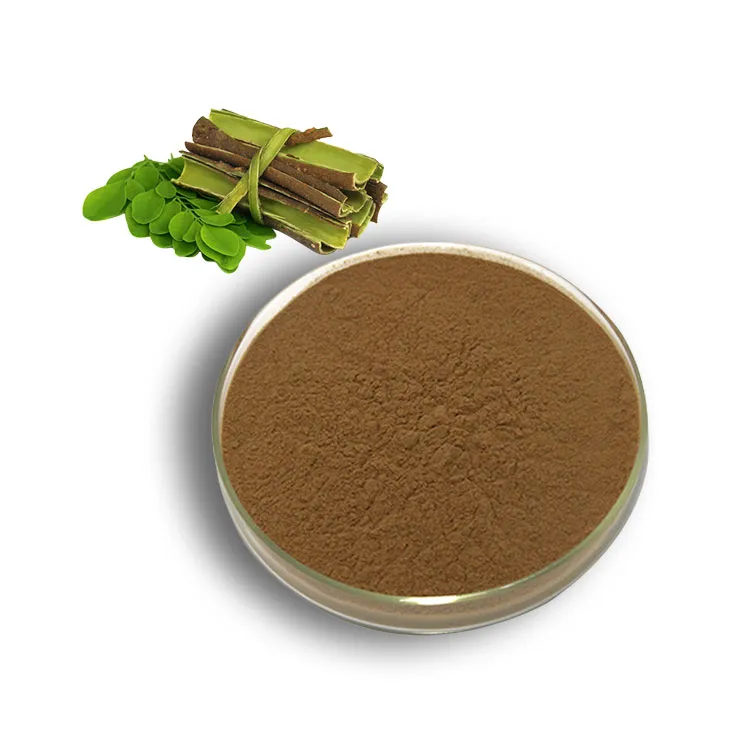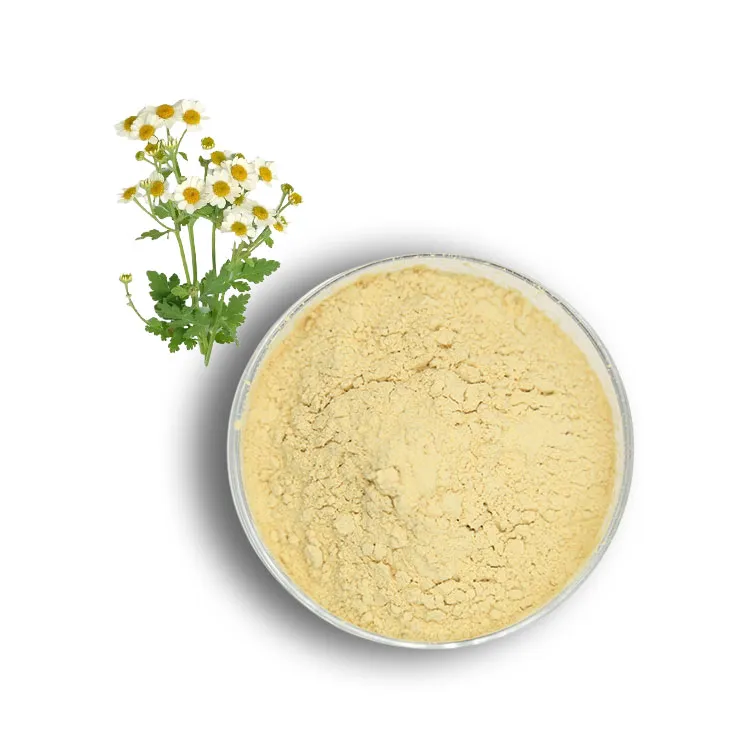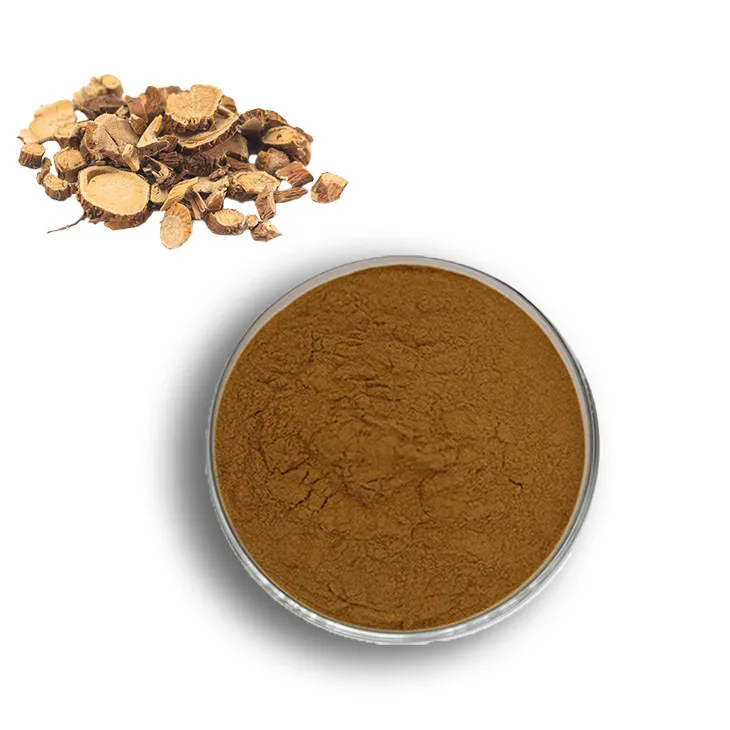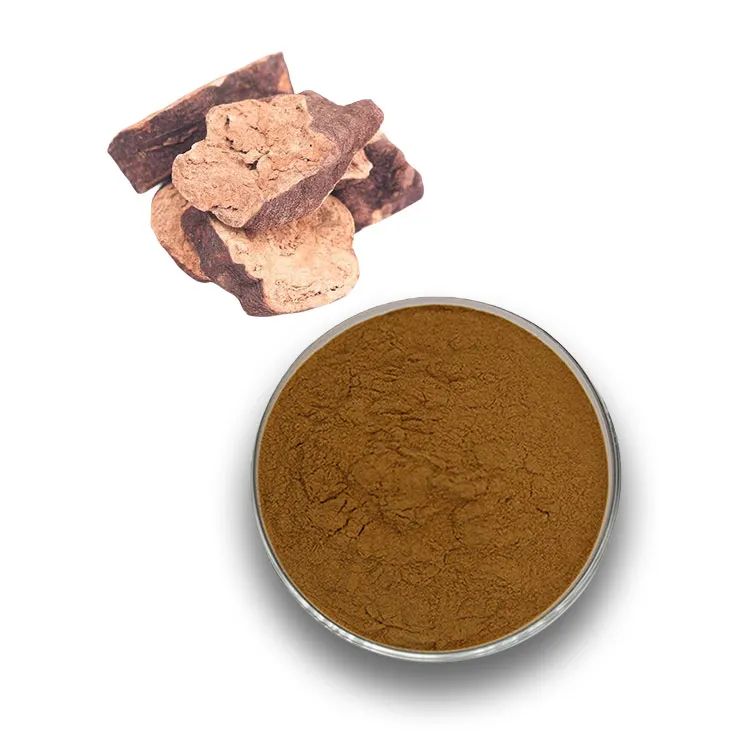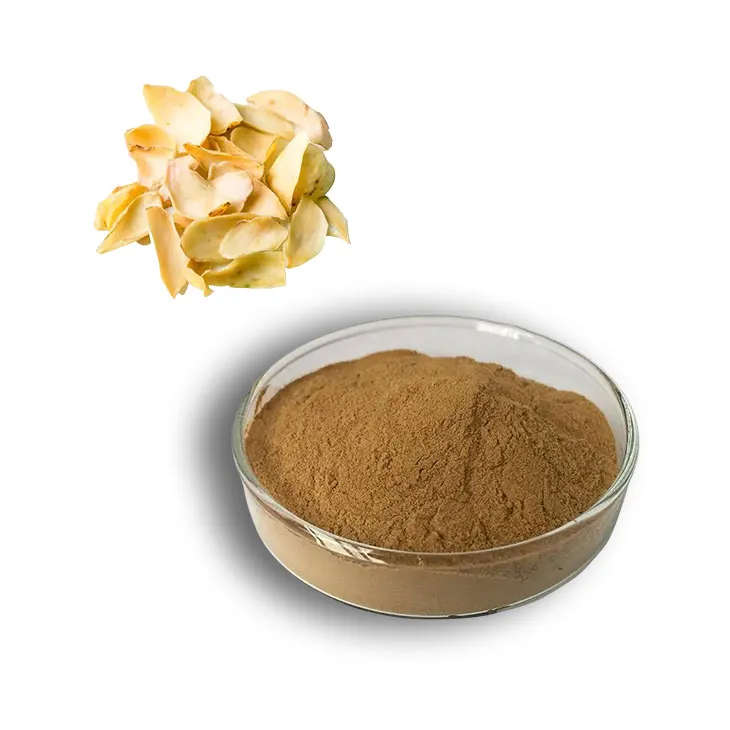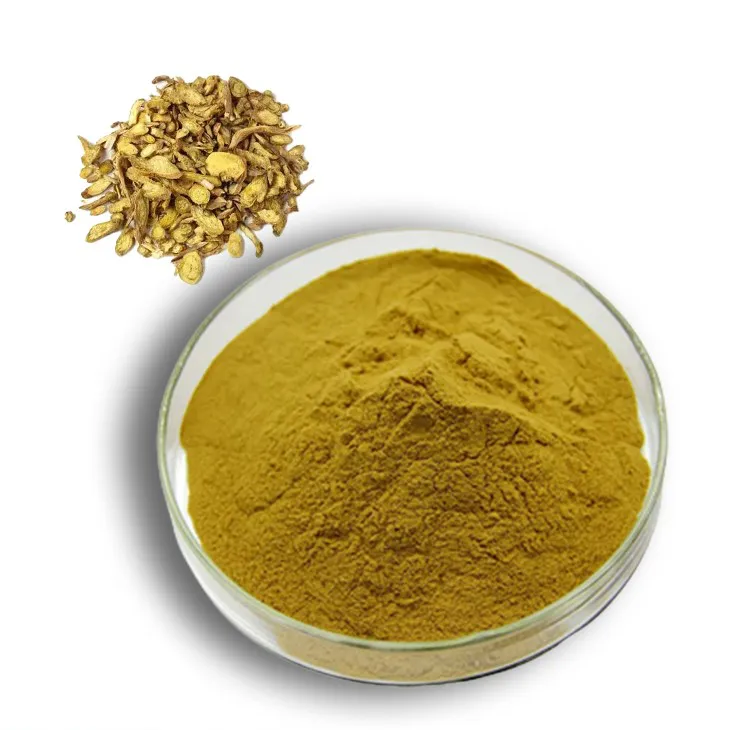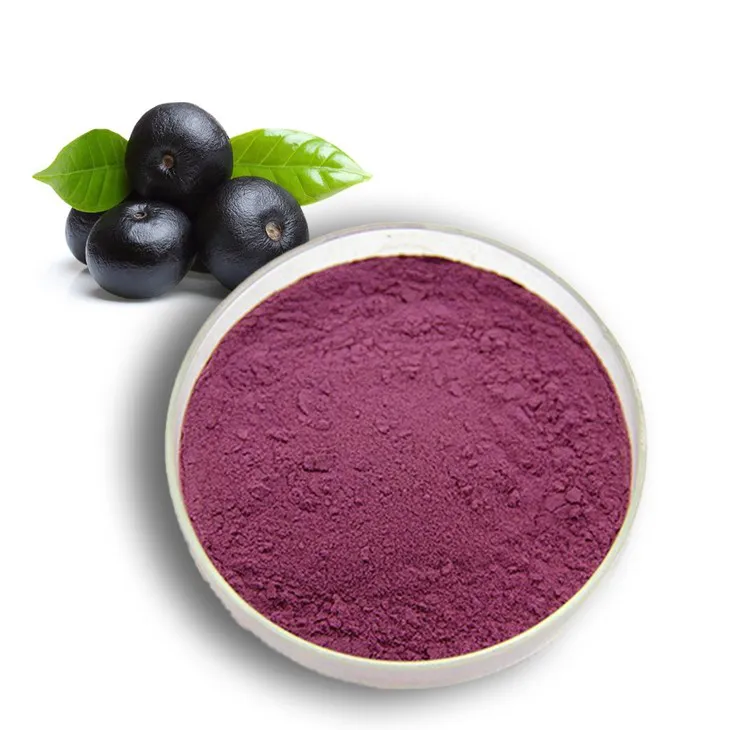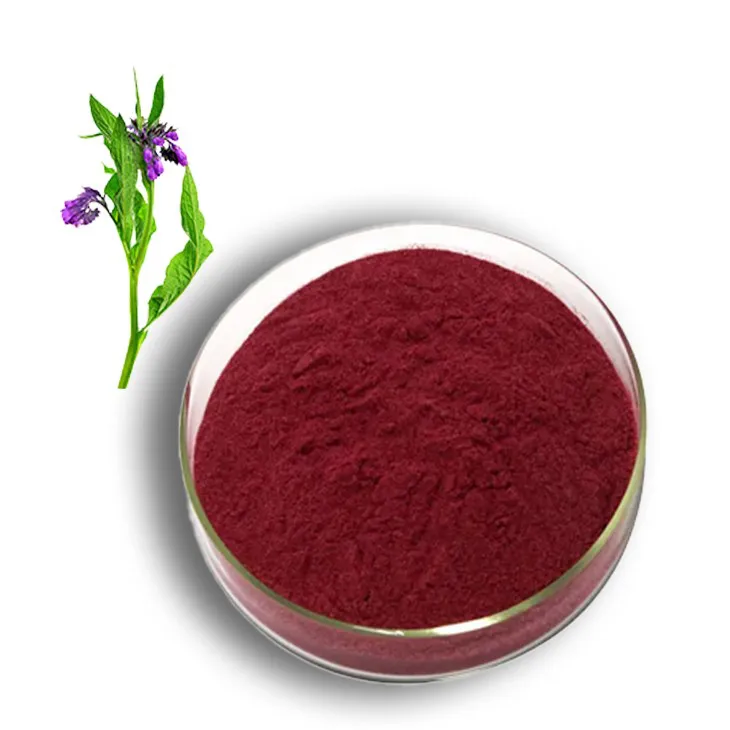- 0086-571-85302990
- sales@greenskybio.com
5 Great Reasons for Using D - Mannose in the Food Industry.
2024-12-31
1. D - Mannose as a Natural Sweetener
D - Mannose is emerging as a remarkable ingredient in the food industry, particularly as a natural sweetener. It offers a mild sweetness that can be an excellent alternative for various consumers. For those who are seeking alternatives to traditional sugars, D - Mannose presents a viable option. This is especially relevant for people with certain dietary restrictions. For instance, some individuals may have religious or ethical reasons for avoiding certain sugars, such as those derived from animals. D - Mannose, being a natural compound, can fit well into their dietary choices.
Moreover, in the context of health - conscious consumers, the demand for natural sweeteners is on the rise. D - Mannose can be used in products targeted at this market segment. It can be incorporated into items like energy bars, where a natural source of sweetness is desired without the drawbacks associated with refined sugars. Additionally, in the production of diet - friendly snacks, D - Mannose can play a crucial role in providing a sweet taste while keeping the calorie count in check.
2. Prebiotic Properties of D - Mannose
Another significant advantage of D - Mannose in the food industry is its prebiotic properties. The human gut is home to a complex ecosystem of bacteria, and promoting the growth of beneficial gut bacteria is essential for a healthy digestive system. D - Mannose acts as a prebiotic by providing a food source for these beneficial bacteria.
- It helps in maintaining the balance of the gut microbiota. When the balance is disrupted, it can lead to various digestive problems such as bloating, constipation, or diarrhea. By nourishing the good bacteria, D - Mannose can contribute to a more stable and healthy gut environment.
- Studies have shown that a healthy gut microbiota is also linked to other aspects of health, such as a stronger immune system. D - Mannose, through its prebiotic action, may indirectly support the immune system by promoting a healthy gut.
- Food products that contain D - Mannose can be marketed as gut - friendly. For example, in the production of yogurt or other fermented dairy products, adding D - Mannose can enhance their prebiotic value. This can attract consumers who are aware of the importance of gut health and are looking for products that can support it.
3. Stability of D - Mannose during Food Processing
D - Mannose exhibits excellent stability during food processing, which is a highly desirable trait in the food industry.
- When it comes to heat treatment, which is a common process in food manufacturing, D - Mannose can withstand high temperatures without significant degradation. This means that it can be used in processes such as baking, where the ingredients are exposed to elevated temperatures for an extended period. For example, in the production of cookies or cakes, D - Mannose can retain its properties and contribute to the overall quality of the product.
- In terms of storage, D - Mannose is also stable. It does not easily decompose or react with other components in the food product during long - term storage. This stability ensures that the food products containing D - Mannose maintain their quality over time. It is particularly important for products with a long shelf - life, such as canned foods or dried snacks.
- The stability of D - Mannose also simplifies the manufacturing process. Food manufacturers do not need to worry about complex preservation methods or special handling procedures specifically for D - Mannose. This can lead to cost - savings and more efficient production processes.
4. Low Glycemic Index of D - Mannose
D - Mannose has a low glycemic index, which is a crucial factor in the food industry, especially for certain consumer groups.
- For diabetics, managing blood sugar levels is of utmost importance. D - Mannose, with its low glycemic index, has a minimal impact on blood sugar levels. This means that diabetic patients can consume products containing D - Mannose without causing a significant spike in their blood glucose. For example, in the development of diabetic - friendly desserts or snacks, D - Mannose can be used as a sweetener option.
- Even for those who are not diabetic but are aiming to control their blood sugar, D - Mannose can be a beneficial ingredient. In the context of a balanced diet, choosing foods with a low glycemic index can help in maintaining stable energy levels throughout the day. D - Mannose - containing products can be part of a healthy eating plan for individuals who are conscious about their blood sugar management.
- The low glycemic index of D - Mannose also makes it suitable for products targeted at fitness enthusiasts. These individuals often look for foods that can provide energy without causing a rapid increase in blood sugar, which can lead to a subsequent energy crash. D - Mannose - based products can be a good choice for pre - or post - workout snacks.
5. Flavor - Enhancing Properties of D - Mannose
One of the underrated aspects of D - Mannose in the food industry is its ability to enhance the flavor profile of foods.
- In baked goods, D - Mannose can add a unique touch. It can complement the flavors of flour, butter, and other traditional ingredients. For example, in a loaf of bread, D - Mannose can contribute to a more complex and appealing flavor. It may bring out a slightly sweet and nutty undertone that can enhance the overall taste experience.
- When it comes to beverages, D - Mannose can be a valuable ingredient. In fruit - based drinks, it can enhance the natural flavors of the fruits. In coffee or tea - based beverages, it can add a touch of sweetness without overpowering the characteristic flavors of the drink. For example, in a flavored iced tea, D - Mannose can provide a subtle sweetness that blends well with the tea's aroma and taste.
- Moreover, in savory foods, D - Mannose can also play a role. It can help in balancing the flavors by adding a touch of sweetness. In a sauce or a marinade, it can enhance the overall flavor profile by providing a different dimension of taste. This can make the food more palatable and appealing to consumers.
FAQ:
Q1: How does D - mannose compare to other natural sweeteners in terms of taste?
D - mannose has a mild sweetness. Compared to some other natural sweeteners like stevia which has a very distinct and often described as 'herbal' or 'licorice - like' taste, D - mannose offers a more subdued and 'pure' sweet flavor. It can blend well with other ingredients without overpowering the overall taste of the food or beverage, making it a versatile option for formulators in the food industry.
Q2: Can D - mannose be used in all types of food processing?
While D - mannose is highly stable during most common food processing methods such as heat treatment and storage, it may not be suitable for every single type of food processing. For example, in some extreme chemical processing that involves very strong acids or bases, its properties might be affected. However, in general baking, cooking, pasteurization, and regular storage conditions, it maintains its integrity well and can be used effectively in a wide variety of food products.
Q3: How much D - mannose should be added to foods to promote gut health?
The amount of D - mannose needed to promote gut health can vary depending on several factors, including the overall composition of the food, the target consumer group, and the existing gut microbiota of the consumers. Generally, research has shown that adding small to moderate amounts, typically in the range of a few grams per serving, can start to have a positive impact on promoting the growth of beneficial gut bacteria. However, more research is still needed to determine the exact optimal dosage for different food applications.
Q4: Is D - mannose safe for people with no dietary restrictions?
Yes, D - mannose is generally safe for people with no dietary restrictions. It is a naturally occurring sugar that the body can metabolize. However, as with any ingredient, excessive consumption may lead to potential side effects such as digestive discomfort, although this is rare. Moderate consumption as part of a normal diet is considered safe.
Q5: How does D - mannose enhance the flavor profile of beverages?
D - mannose can enhance the flavor profile of beverages in multiple ways. It can add a subtle sweetness that complements other flavors, such as the acidity in fruit juices or the bitterness in coffee. It can also contribute to a more rounded and full - bodied taste experience. In some cases, it can interact with other flavor compounds in the beverage to create new and unique flavor notes that are not present when D - mannose is not used.
Q6: Can D - mannose completely replace traditional sugars in diabetic - friendly foods?
While D - mannose has a low glycemic index and is suitable for diabetics, it may not be able to completely replace traditional sugars in all diabetic - friendly foods. It depends on the specific requirements of the food product in terms of taste, texture, and functionality. In some cases, a combination of D - mannose with other low - glycemic sweeteners or sugar substitutes may be more appropriate to achieve the desired taste and quality of the final product.
Related literature
- The Role of D - mannose in Food and Health"
- "D - mannose: Properties and Applications in the Food Industry"
- "Advances in Understanding D - mannose's Function in the Digestive System"
- ▶ Hesperidin
- ▶ citrus bioflavonoids
- ▶ plant extract
- ▶ lycopene
- ▶ Diosmin
- ▶ Grape seed extract
- ▶ Sea buckthorn Juice Powder
- ▶ Beetroot powder
- ▶ Hops Extract
- ▶ Artichoke Extract
- ▶ Reishi mushroom extract
- ▶ Astaxanthin
- ▶ Green Tea Extract
- ▶ Curcumin Extract
- ▶ Horse Chestnut Extract
- ▶ Other Problems
- ▶ Boswellia Serrata Extract
- ▶ Resveratrol Extract
- ▶ Marigold Extract
- ▶ Grape Leaf Extract
- ▶ blog3
- ▶ Aminolevulinic acid
- ▶ Cranberry Extract
- ▶ Red Yeast Rice
-
Is Cranberry Extract Good for the Liver?
2024-12-31
-
What is Cranberry Extract Good For?
2024-12-31
-
What Organ Is Cranberry Good For?
2024-12-31
-
Artichoke Extract
2024-12-31
-
Soy Extract
2024-12-31
-
White Willow Bark Extract
2024-12-31
-
Feverfew Extract
2024-12-31
-
Sophora Flavescens Root Extract
2024-12-31
-
Polygonum multiflorum extract
2024-12-31
-
Lily extract
2024-12-31
-
Baicalin
2024-12-31
-
Acai Berry Extract
2024-12-31
-
Shikone Extract
2024-12-31











